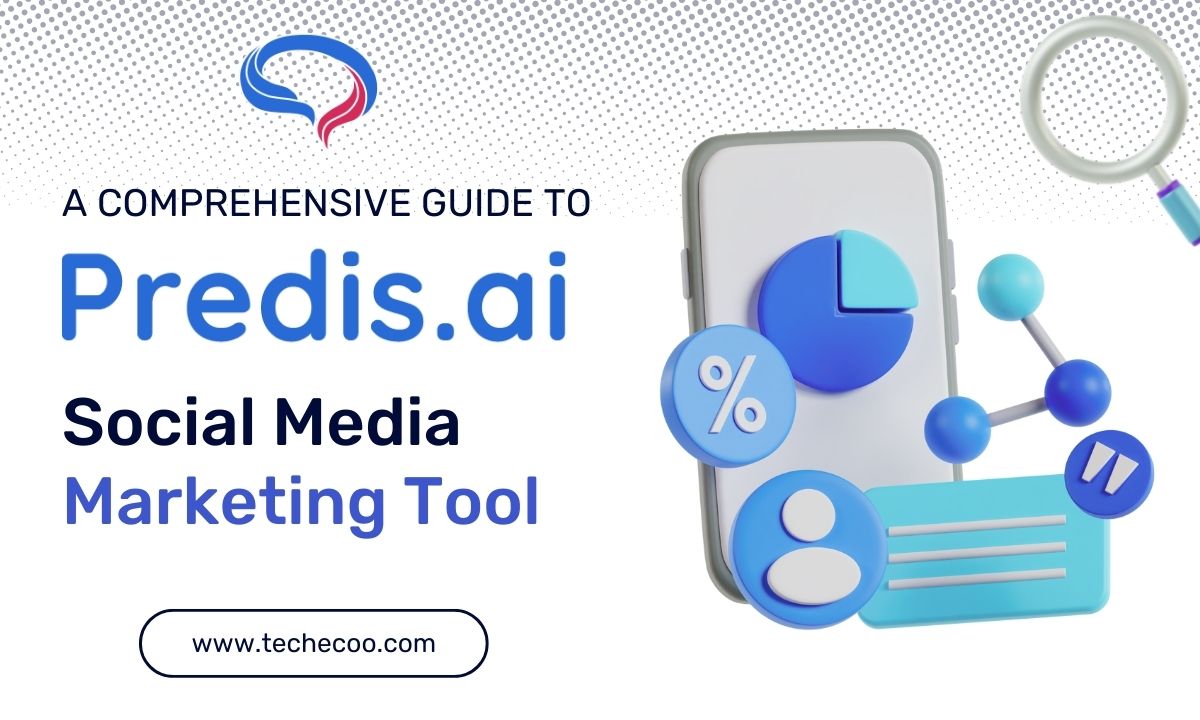In today’s digital world having a personal or professional website is essential.
Whether you’re showcasing your portfolio, starting a blog or launching a small business, creating a website has never been more accessible.
In this beginner-friendly guide, we’ll walk you through a beginner-friendly guide to setting up your first website.
Define Your Purpose:
One of the most important and initial steps in a guide to setting up your first website is to take some time to define the main use of your website.
Are you creating a blog or an online portfolio or a business website?
Understanding your goals will guide your decisions throughout the setup process.
Choose a Domain Name:
Your domain name is your website’s address on the internet.
Choose a name that matches your type of content or brand. Keep it short and easy to remember.
Use domain name registration services like GoDaddy, Namecheap or Google Domains to check the availability of your chosen name and register it.
Select a Web Hosting Provider:
Web hosting is like renting space on the internet to store your website files.
Choose a reliable hosting provider such as Hostinger, godaddy hosting, SiteGround or HostGator.
Consider factors like server speed, fast support and pricing when making your decision.
Install a Content Management System (CMS):
A CMS makes it easy to manage and update your website.
WordPress is a popular choice for beginners due to its user-friendly interface and extensive community support.
Most hosting providers offer a one-click WordPress installation option.
Customize Your Website Design:
Choose a responsive and visually appealing theme for your website.
WordPress provides a wide range of free and premium themes that you can customise to match your brand or style.
Ensure your design is user-friendly and works well on both desktop and mobile devices.

Create Essential Pages:
Every website should have key pages like Home, About, Contact and any other relevant pages depending on your purpose.
Use clear and concise language to communicate your message.
Include high quality images and graphics to enhance the visual appeal.
Install Essential Plugins:
Plugins add functionality to your website.
Install essential plugins such as Yoast SEO for SEO, Wordfence Security for security and W3 Total Cache for performance optimization.
Be cautious not to overload your website with unnecessary plugins that can affect the website’s performance.
Set Up SEO:
Optimise your website for search engines to improve its visibility.
Use relevant keywords in your content, add meta descriptions and create a sitemap.
The Yoast SEO plugin can guide you through the process and provide valuable suggestions.
Create Quality Content:
“Content is king.” – Bill Gates
Update your website with high-quality, relevant content. This can include blog posts, portfolio updates or product listings.
Consistent, valuable content not only engages visitors but also improves your website’s search engine ranking.
Implement Security Measures:
Protect your website from potential threats by installing security measures in your website.
Keep your CMS, themes and plugins up to date and also use SSL certificate and more.
Use strong passwords and consider installing a security plugin like Wordfence to monitor and block malicious activities.
Set Up Analytics:
Monitor your website’s performance using analytics tools.
Google Analytics is a powerful tool that provides insights into your website traffic, user behaviour and more.
Set up analytics early to track your website’s growth and identify areas for improvement.
Promote Your Website:
Once your website is up and running promote it through social media, email newsletters and any other relevant channels.
Engage with your audience through comments and encourage them to share thoughts and what needs to be fixed.
Building a strong online presence takes time; so be patient and consistent.
READ MORE: Cloud Storage: A Simple Guide To Understanding Data Storing Services
Things To Consider Before Choosing A Hosting and Domain- Guide to Setting Up Your First Website
Type of Website:

Consider the nature of your website. If it’s a personal blog or a small portfolio, shared hosting might be sufficient.
For larger websites or e-commerce platforms, virtual private server (VPS) could be more suitable.
Understanding your website’s requirements will guide you in selecting the appropriate hosting plan.
Performance and Reliability:

Opt for a hosting provider known for its reliability andperformance. Check customer reviews, server uptime guarantees and the provider’s track record.
A slow-loading website can turn visitors away, so choose a host with fast servers and responsive customer support.
Scalability:
Think about the future growth of your website. Choose a hosting provider that offers scalability options, allowing you to easily upgrade your plan as your site expands.
This flexibility ensures your hosting can adapt to increasing traffic and resource demands.
Budget Considerations:
Hosting costs vary based on features, performance and support.
Consider your budget and choose a hosting plan that provides the necessary features without breaking the bank.
Many hosting providers offer introductory discounts, so be sure to factor in longterm costs when making your decision.
Domain Name Registration:

When selecting a domain name, choose one that is memorable, reflects your brand or content, and is easy to spell.
Check the availability of your chosen domain name and consider using a reputable domain registrar amd some also offers free.
Tips to Help Your Website Grow Faster- Guide to Setting Up Your First Website
Quality Content is Key:
Regularly produce high-quality by creating valuable content that resonates with your target audience.
Content that solves problems, educates or entertains is more likely to be shared and attract a wider audience.
Search Engine Optimization (SEO):
Conduct keyword research, use relevant keywords in your content and create meta descriptions.
SEO practices help your website rank higher in search engine results for driving organic traffic.

Social Media Promotion:
Use social media platforms to promote your website.
Engage with your audience by sharing your articles, images and updates across platforms like Facebook, X, Instagram and LinkedIn so it can significantly increase your reach all over the internet.
Build a Strong Email List:
Encourage visitors to subscribe to your email list.
Email marketing is a powerful tool for driving traffic, promoting new content, and building a loyal audience.
Provide incentives like exclusive content or discounts to entice people to subscribe.
READ MORE: 15 Top Antivirus For Windows 10 PC Safeguarding Your System With Best Protection
Conclusion:
Remember, the online world is constantly evolving so try to stay informed about the latest trends and technologies to keep your website relevant and engaging.
Whether you’re a blogger, freelancer or small business owner, hope this guide to setting up your first website helps you build such a powerful website that can help you reach a global audience and achieve your goals.
A Beginner-Friendly Guide to Setting Up Your First Website FAQ:
What do I need to set up my first website?
To set up your first website, you’ll need a domain name, a hosting provider and a content management system (CMS) like WordPress to build and manage your site.
How do I choose a domain name?
Choose a domain name that is relevant to your content or brand, easy to remember, and simple to spell. Use domain registration services like GoDaddy or Namecheap to check the availability of your chosen name and register it.
Which hosting provider should I use?
Consider factors such as server speed, customer support and pricing. Choose a plan that suits your website’s needs by keeping in mind factors like scalability and performance.
How do I customize the design of my website?
Choose a responsive theme for your CMS and customize it to match your brand or style. WordPress, for example, provides a variety of themes that you can modify through the dashboard. Ensure your design is user-friendly and works well on both desktop and mobile devices.
What pages should I include on my website?
Essential pages include Home, About, Contact and any relevant pages based on your website’s purpose. Use clear language, high quality images and engaging content to communicate your message effectively.













